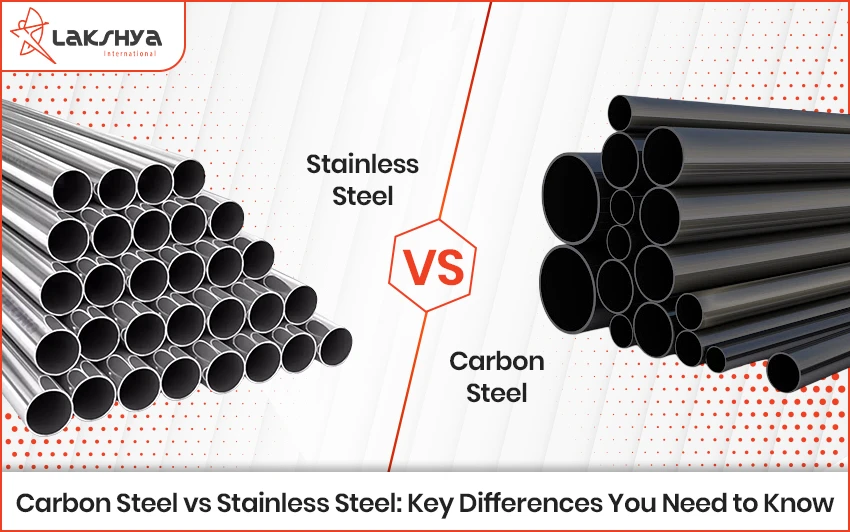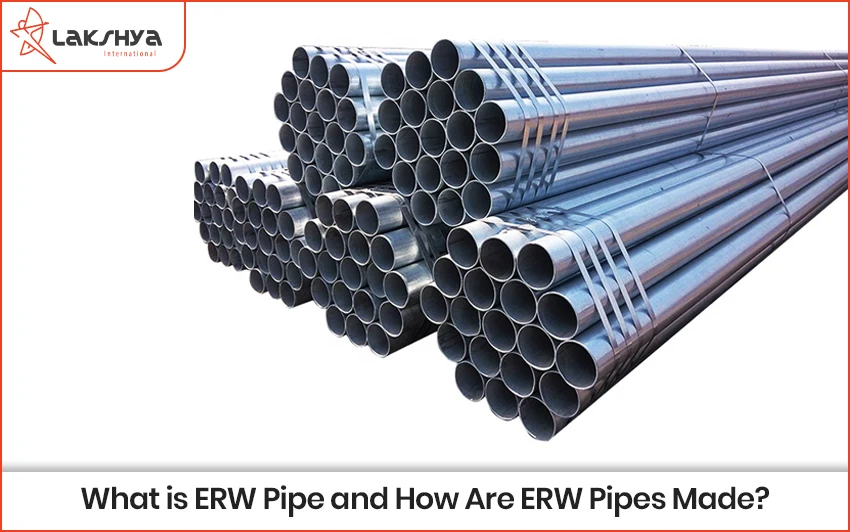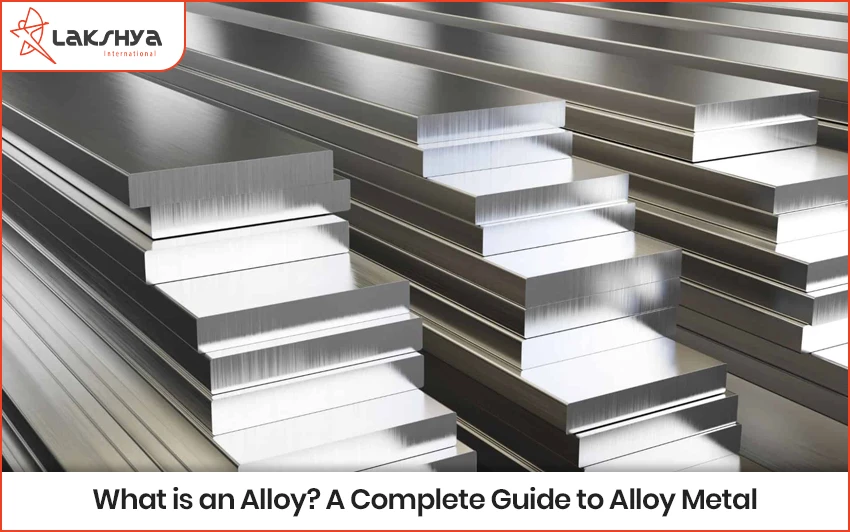Introduction
When it comes to steel, rust is a regular issue. Because of the rust railings, your place will undoubtedly appear drab and the property will appear damaged.
Mild steel or carbon steel are the most common materials that corrode over time. Carbon steel has an exceedingly weak corrosion resistance. The main reason why fabricators employ mild steel is because it is cost-effective and, of course, has higher profit margins than stainless steel.
Steel Railings Galvanization
A popular and widely used approach for protecting steel railings against corrosion is to apply a protective zinc coating to them. Right now, you’re probably wondering why the steel railings are zinc-coated. The reason behind this is because zinc corrodes slowly, especially when mild steel is utilized in the railings.
Furthermore, zinc can lengthen the life of your steel railings while also providing two important benefits: it will make them look brand new in design and the cost of maintenance is relatively low.
Early Inspection
Early inspection is one way to keep your steel railings from rusting or corroding. If your fabricator utilised mild steel or carbon steel for the railings, you will almost certainly notice the first traces of rust. And if you do, it will require immediate treatment in order to be corrected.
Make sure your steel railings are repaired before any damage or significant rust occurs, which causes your property to appear degraded. Furthermore, the benefit of early inspection is that you can save money!
Powder Coating
Following the galvanization of the steel railings, powder coating can be applied. It’s essentially a dry plastic powder coating that’s sprayed over steel railings to prevent rust while also adding a glossy texture and a smooth finish, Some fabricators advise using regular paint, however this is not something you should do! Why spend money on ordinary paint that can easily chip over time when powder coating is a decent substitute? Think carefully!
Ensure the Quality
If you want to keep your steel railings from corroding, you should go with stainless steel. Stainless steel is more corrosion resistant and is alloyed with various metals such as chromium, nickel, molybdenum, and other elements to improve its chemical and mechanical qualities. Fabricators choose to deal with Lakshya Steel because we are one of the best manufacturers of stainless steel pipes and tubes! Lakshya Steel offers the greatest discounts in Stainless Steel Pipe in India to fabricators and their consumers, with 0 percent corrosion and a 100 percent flawless surface polish. To summarize, do not use mild steel to keep it from corroding. Of course, it is cost-effective, but it is not long-term viable! Stainless steel, on the other hand, is corrosion resistant and always better in terms of sheen and smooth texture. Lakshya Steel offers a wide range of stainless steel seamless pipes and tubes.
Read More :
People often ask, “What Stainless Steel Finishes Are There?” The stainless steel finish is a type of low-maintenance, durable metal finish that is applied to appliances and other products, There are many different types of finishes that are used to make stainless steel look unique. Read further to know more.
Most common types of steel that are used to build things Building is one of the major steel users and accounts for about 50% of world steel requirements. To know more, you can read our blog.




